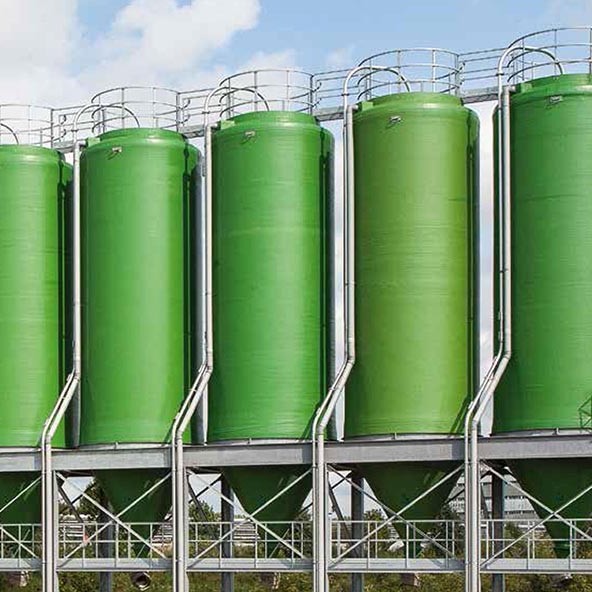
-
 Afrikaans
Afrikaans -
 Albanian
Albanian -
 Amharic
Amharic -
 Arabic
Arabic -
 Armenian
Armenian -
 Azerbaijani
Azerbaijani -
 Basque
Basque -
 Belarusian
Belarusian -
 Bengali
Bengali -
 Bosnian
Bosnian -
 Bulgarian
Bulgarian -
 Catalan
Catalan -
 Cebuano
Cebuano -
 China
China -
 China (Taiwan)
China (Taiwan) -
 Corsican
Corsican -
 Croatian
Croatian -
 Czech
Czech -
 Danish
Danish -
 Dutch
Dutch -
 English
English -
 Esperanto
Esperanto -
 Estonian
Estonian -
 Finnish
Finnish -
 French
French -
 Frisian
Frisian -
 Galician
Galician -
 Georgian
Georgian -
 German
German -
 Greek
Greek -
 Gujarati
Gujarati -
 Haitian Creole
Haitian Creole -
 hausa
hausa -
 hawaiian
hawaiian -
 Hebrew
Hebrew -
 Hindi
Hindi -
 Miao
Miao -
 Hungarian
Hungarian -
 Icelandic
Icelandic -
 igbo
igbo -
 Indonesian
Indonesian -
 irish
irish -
 Italian
Italian -
 Japanese
Japanese -
 Javanese
Javanese -
 Kannada
Kannada -
 kazakh
kazakh -
 Khmer
Khmer -
 Rwandese
Rwandese -
 Korean
Korean -
 Kurdish
Kurdish -
 Kyrgyz
Kyrgyz -
 Lao
Lao -
 Latin
Latin -
 Latvian
Latvian -
 Lithuanian
Lithuanian -
 Luxembourgish
Luxembourgish -
 Macedonian
Macedonian -
 Malgashi
Malgashi -
 Malay
Malay -
 Malayalam
Malayalam -
 Maltese
Maltese -
 Maori
Maori -
 Marathi
Marathi -
 Mongolian
Mongolian -
 Myanmar
Myanmar -
 Nepali
Nepali -
 Norwegian
Norwegian -
 Norwegian
Norwegian -
 Occitan
Occitan -
 Pashto
Pashto -
 Persian
Persian -
 Polish
Polish -
 Portuguese
Portuguese -
 Punjabi
Punjabi -
 Romanian
Romanian -
 Russian
Russian -
 Samoan
Samoan -
 Scottish Gaelic
Scottish Gaelic -
 Serbian
Serbian -
 Sesotho
Sesotho -
 Shona
Shona -
 Sindhi
Sindhi -
 Sinhala
Sinhala -
 Slovak
Slovak -
 Slovenian
Slovenian -
 Somali
Somali -
 Spanish
Spanish -
 Sundanese
Sundanese -
 Swahili
Swahili -
 Swedish
Swedish -
 Tagalog
Tagalog -
 Tajik
Tajik -
 Tamil
Tamil -
 Tatar
Tatar -
 Telugu
Telugu -
 Thai
Thai -
 Turkish
Turkish -
 Turkmen
Turkmen -
 Ukrainian
Ukrainian -
 Urdu
Urdu -
 Uighur
Uighur -
 Uzbek
Uzbek -
 Vietnamese
Vietnamese -
 Welsh
Welsh -
 Bantu
Bantu -
 Yiddish
Yiddish -
 Yoruba
Yoruba -
 Zulu
Zulu
frp vessel
The Rise of FRP Vessels A Comprehensive Overview
In recent years, the shipbuilding industry has witnessed significant advancements in materials and technologies, one of the most notable being the use of Fiber Reinforced Polymer (FRP) for vessel construction. FRP vessels have emerged as a preferred choice for many applications due to their unique advantages over traditional materials such as steel and aluminum. This article aims to explore the attributes, benefits, challenges, and applications of FRP vessels.
Understanding FRP Materials
Fiber Reinforced Polymers are composite materials made of a polymer matrix reinforced with fibers, which can be glass, carbon, or aramid. The combination of these materials results in a lightweight yet strong structure. The fibers provide high tensile strength, while the polymer matrix offers corrosion resistance and durability. This composite nature of FRP is what makes it particularly advantageous for maritime applications.
Advantages of FRP Vessels
1. Light Weight One of the most significant benefits of FRP vessels is their reduced weight compared to traditional metal vessels. This lightness translates to lower fuel consumption, increased speed, and improved handling, making FRP vessels highly efficient.
2. Corrosion Resistance Unlike metal, FRP is resistant to saltwater and other corrosive elements, reducing maintenance costs and prolonging the lifespan of the vessel. This characteristic is crucial in marine environments, where metal vessels often suffer from oxidation and rust.
3. Design Flexibility FRP allows for greater design flexibility as it can be molded into complex shapes and forms. This capability enables designers to create vessels that meet specific functional and aesthetic requirements.
4. Thermal Insulation FRP provides excellent thermal insulation properties, which can be beneficial for vessels used in extreme temperatures, ensuring that internal conditions remain stable.
frp vessel

5. Reduced Maintenance The inherent properties of FRP result in lower maintenance requirements over the vessel's lifespan. This not only reduces operational costs but also minimizes downtime for repairs and upkeep.
Challenges in FRP Vessel Construction
Despite the numerous benefits, the use of FRP in vessel construction is not without challenges. One primary concern is the initial cost of manufacturing FRP materials, which can be higher than that of traditional materials. This can make it less attractive for certain types of vessels where initial investment costs are a crucial factor.
Additionally, the long-term durability of FRP under heavy operational conditions can be a point of contention. While they are resistant to corrosion, the impact resistance and structural integrity under extreme conditions can vary based on the fibers used and the manufacturing process. Research and advancements in technology continue to address these issues, ensuring that FRP vessels remain a viable alternative.
Applications of FRP Vessels
The applications of FRP vessels are diverse. They are commonly used in the construction of leisure boats, yachts, and fishing vessels due to their lightweight and durable characteristics. FRP is also gaining traction in the commercial sector for applications such as ferry boats, environmental monitoring vessels, and even military ships. The flexibility in design combined with a growing emphasis on sustainability makes FRP an increasingly popular material in the shipbuilding industry.
Conclusion
The introduction and continued development of Fiber Reinforced Polymer vessels represent a significant evolution in maritime technology. With their exceptional benefits, FRP vessels are paving the way for more efficient, durable, and sustainable maritime operations. As the industry continues to innovate and improve manufacturing processes, it is likely that FRP vessels will play an even more prominent role in the future of shipbuilding. The ongoing challenges in material performance and cost-effectiveness will encourage further research and collaboration, enhancing the potential of FRP technologies in the marine domain.









